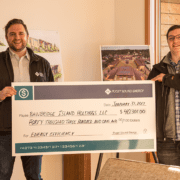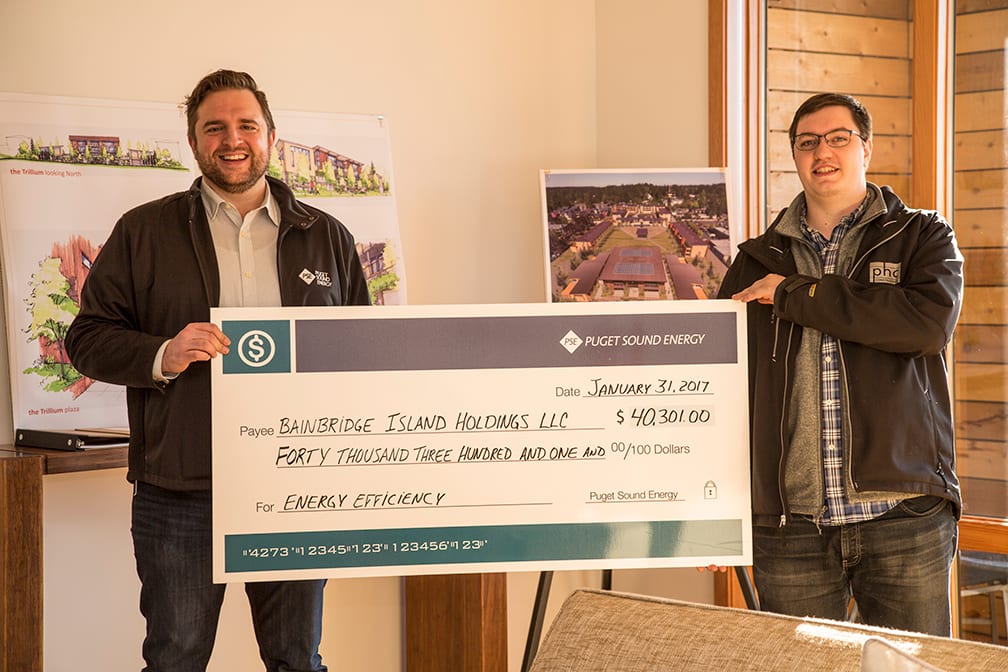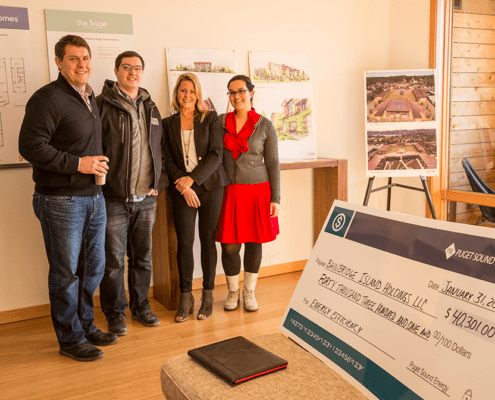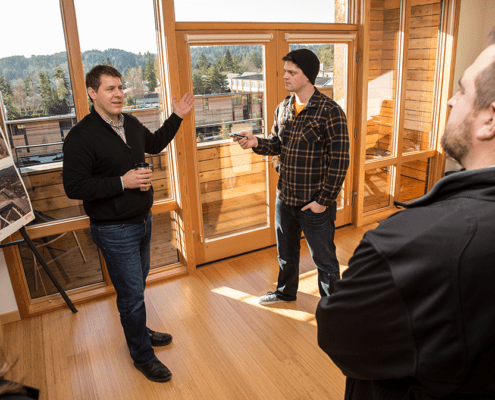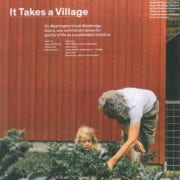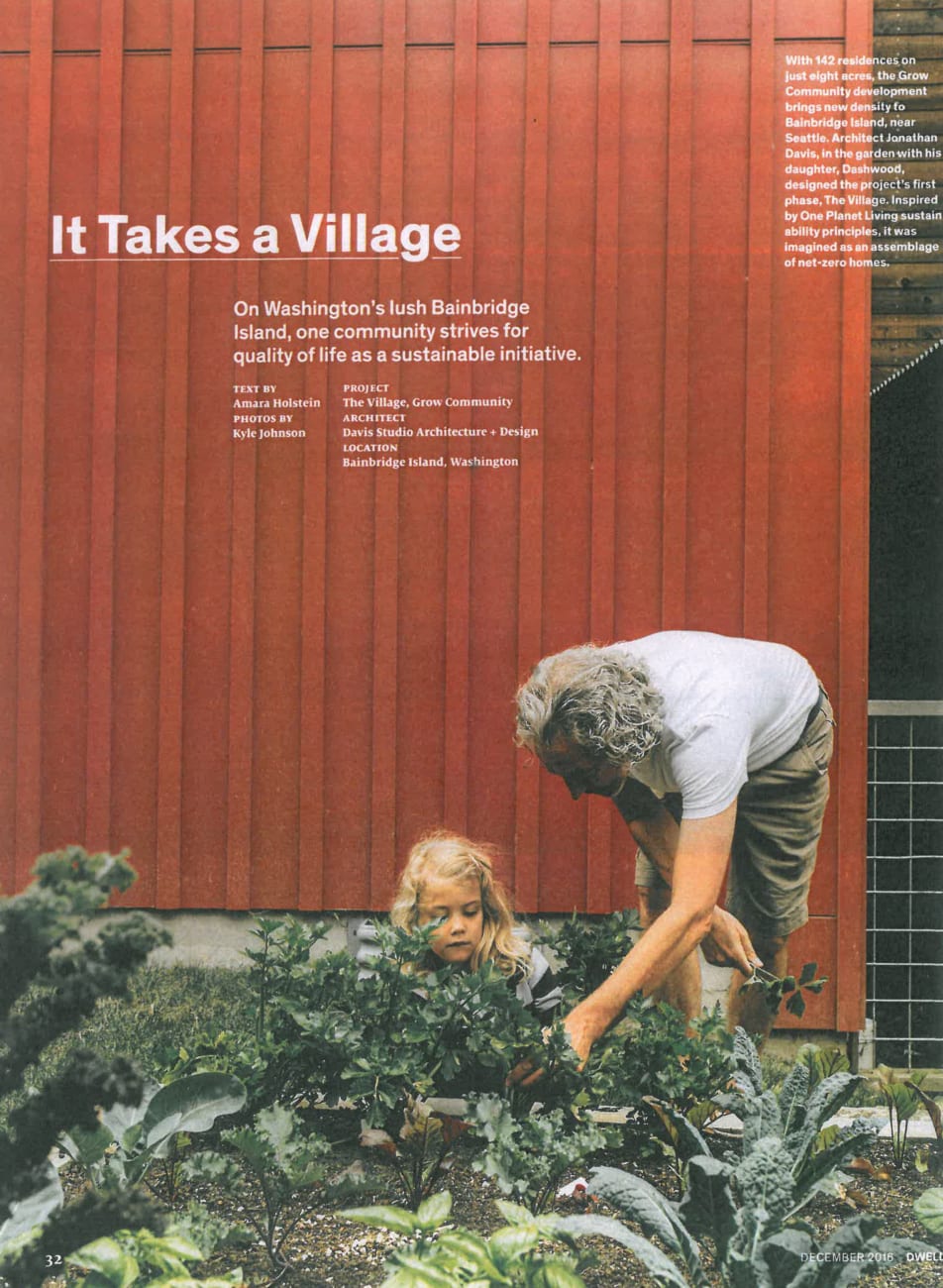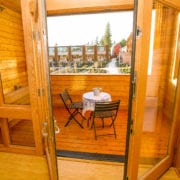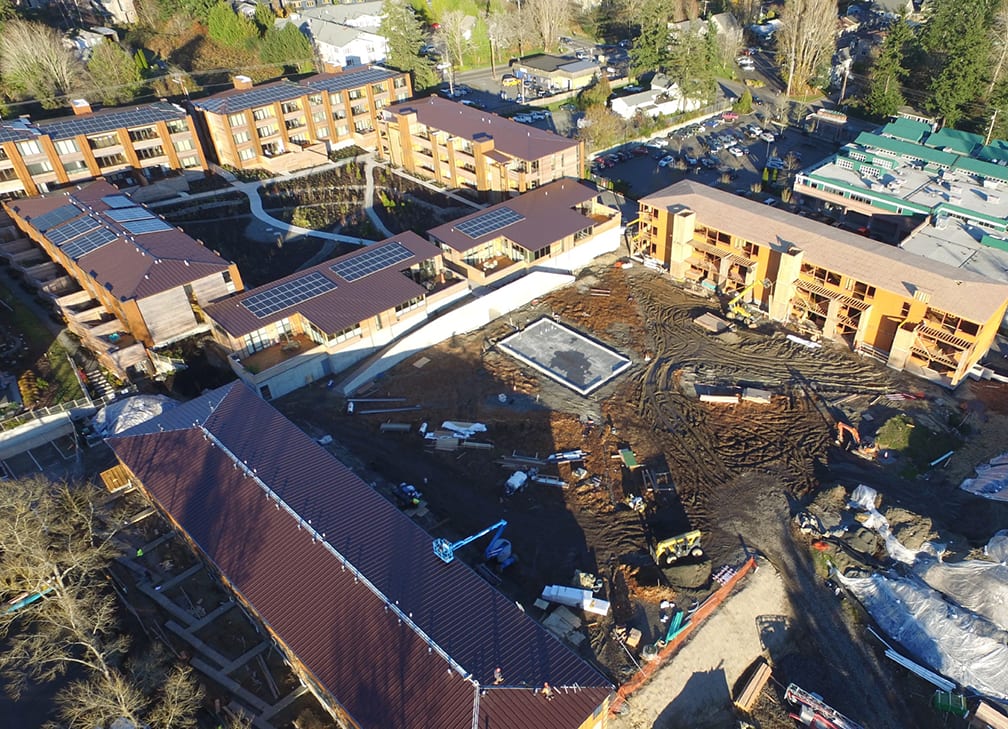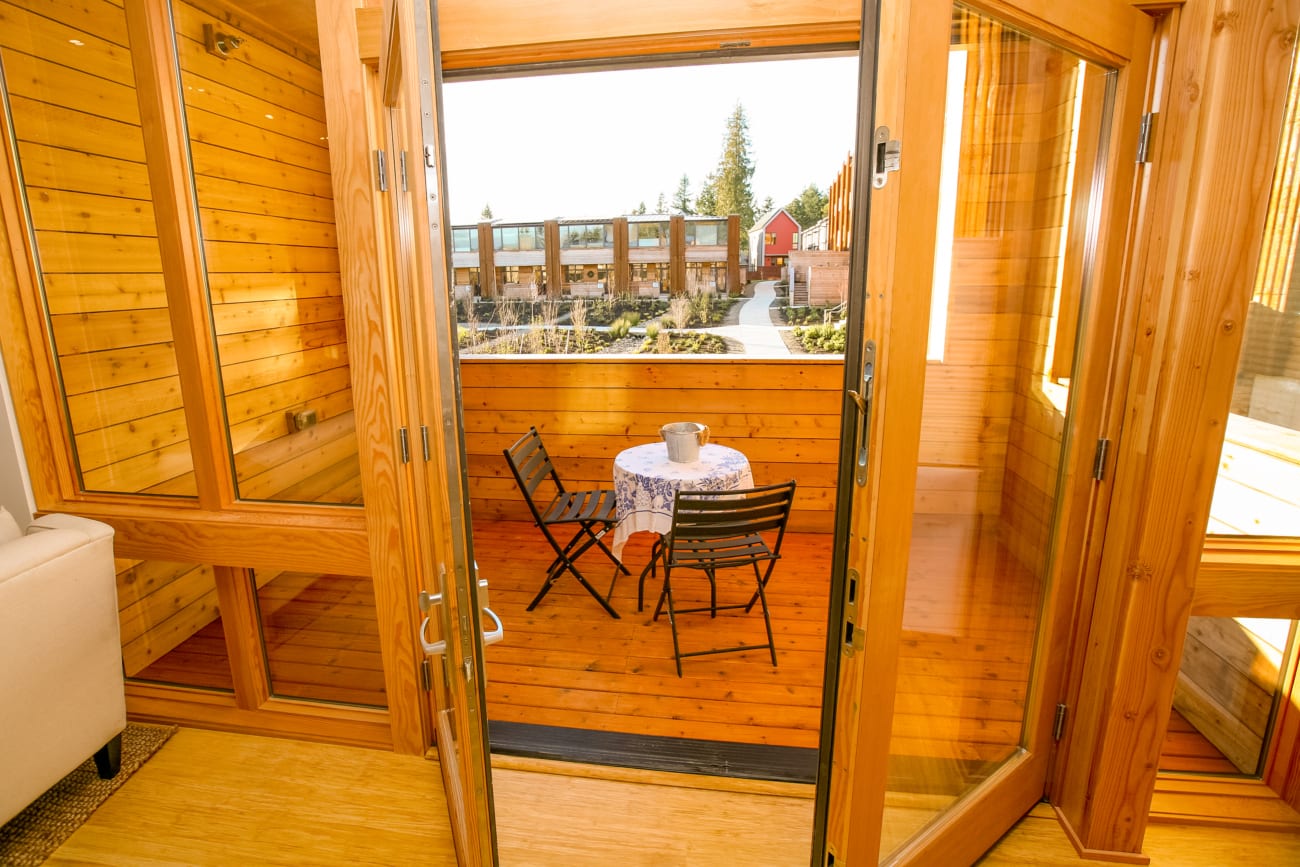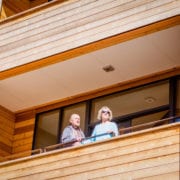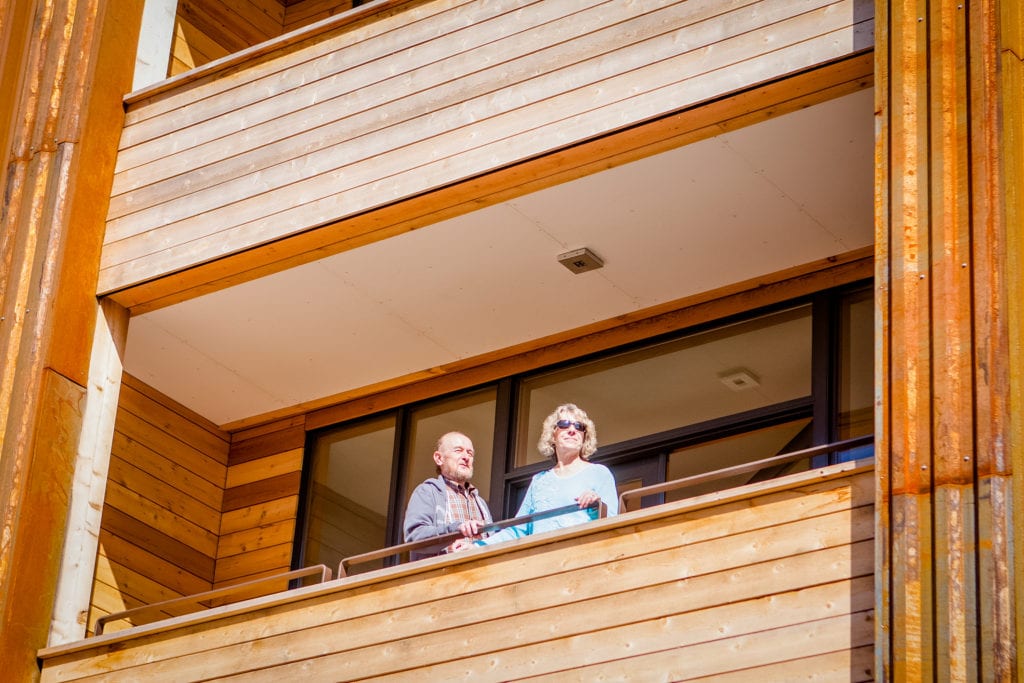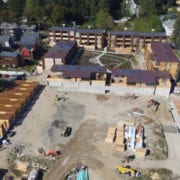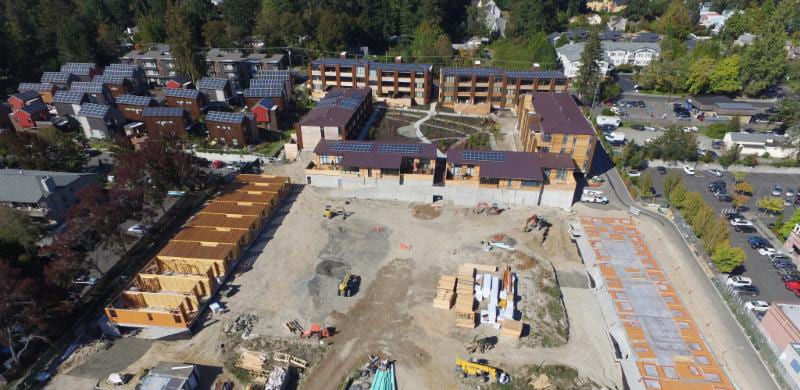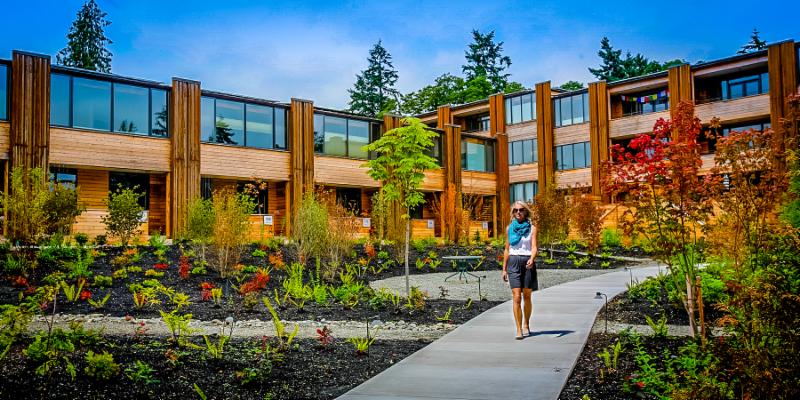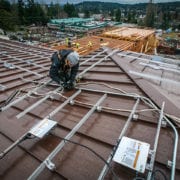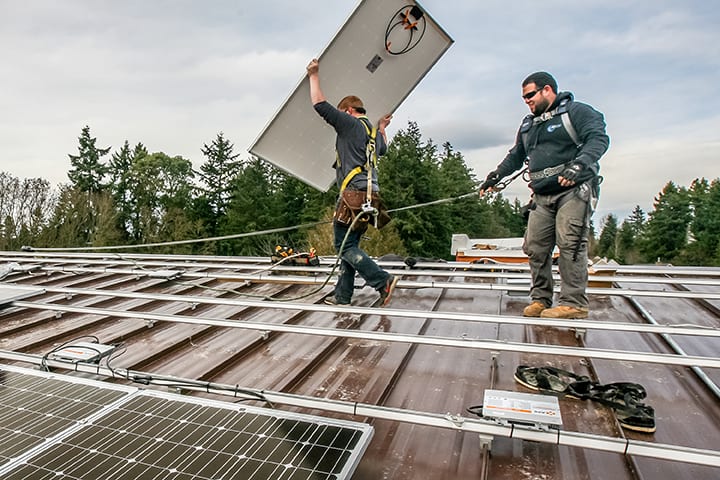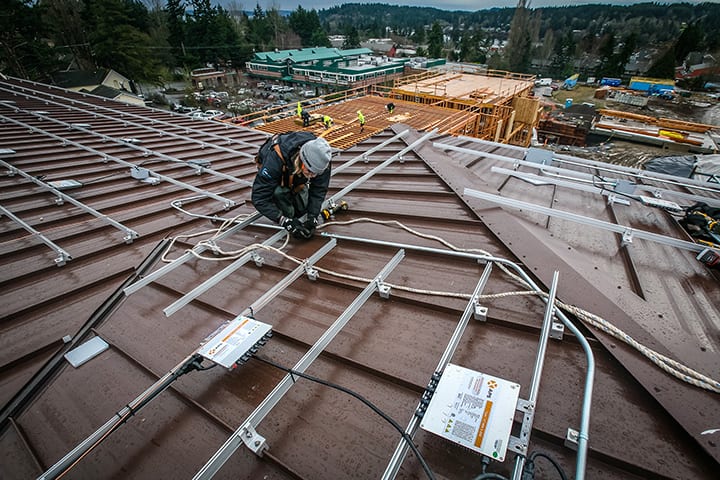Sharing our History + Celebrating our New Community Center
Grow celebrates the progress on our new Community Center with daylong events on Thursday, July 20.
We will be hosting lunch for the construction team, followed by an evening potluck and sharing of the Grow Community site history through many generations. Special guests will share family and neighborhood stories, including a visiting descendent of the pioneer Grow family. This event will focus on history – no tours of the center or its features will take place, but see our schedule of upcoming events for future opportunities.
11.30am-1pm – Construction Worker Lunch
1pm-5pm – Feel free to walk by and see progress
6pm to 8pm – History Sharing and Potluck
LOCATION: 395 Ambrose Street, in the Park at Grow Community
UPCOMING EVENTS:
August (DATE TBD) – Neighborhood meeting on Community Center operations: This discussion will focus on answering questions about the center, understanding its availability, use and operating budget, and hopefully celebrating the certificate of occupancy!
September 14th – Community meeting on Emergency Preparedness. Grow residents are invited to a potluck dinner and discussion of community emergency preparedness. Guest speaker will be Scott James, author of “Prepared Neighborhoods” and Bainbridge Island resident
October (DATE TBD) – Community Harvest & Solar for the Community Center Celebration. Join us for a celebration of the harvest season, pumpkin carving, cider pressing, and official commissioning of the Community Center’s rooftop solar array!

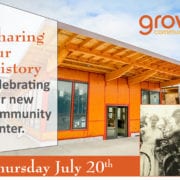
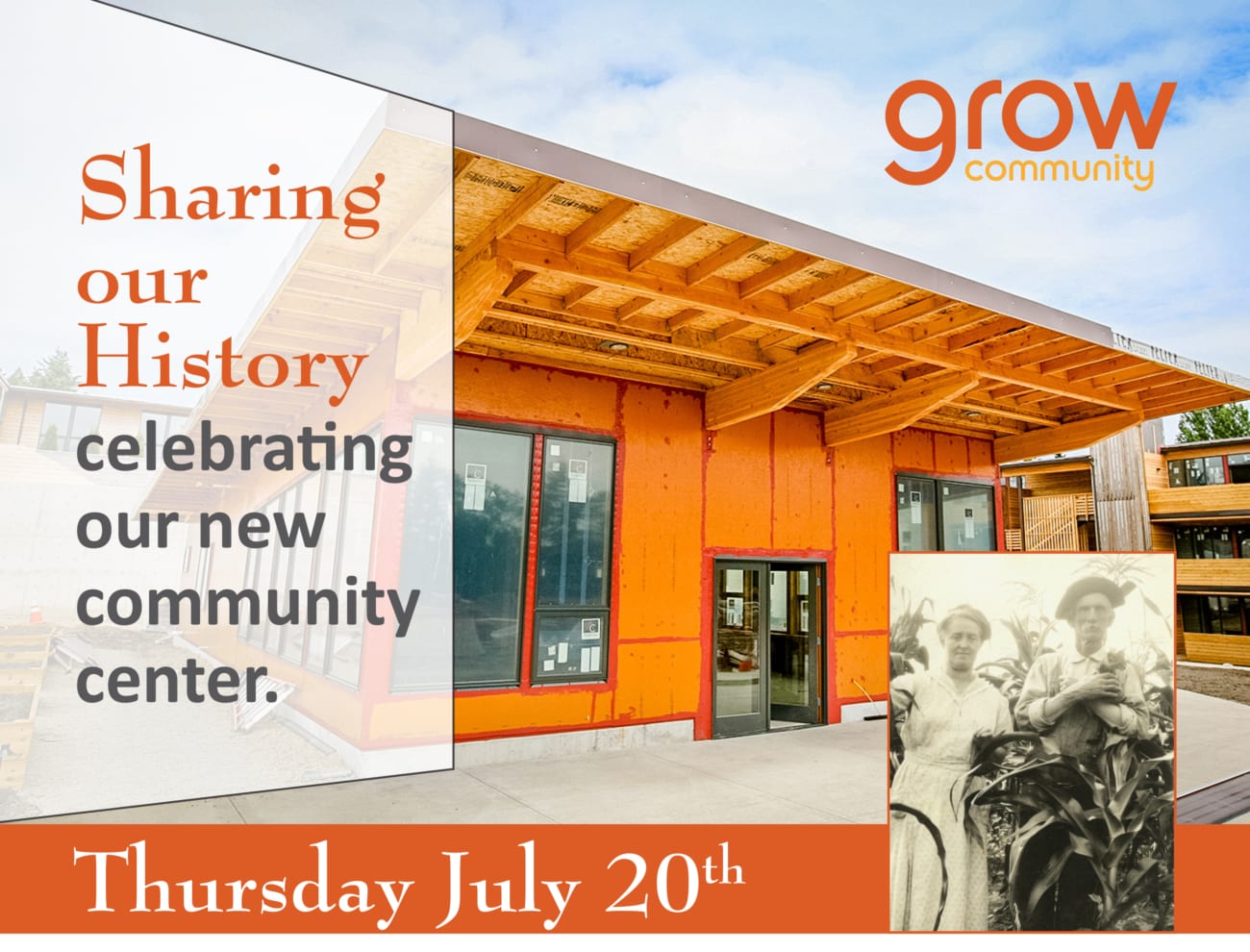
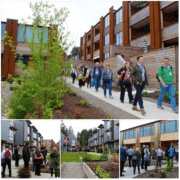
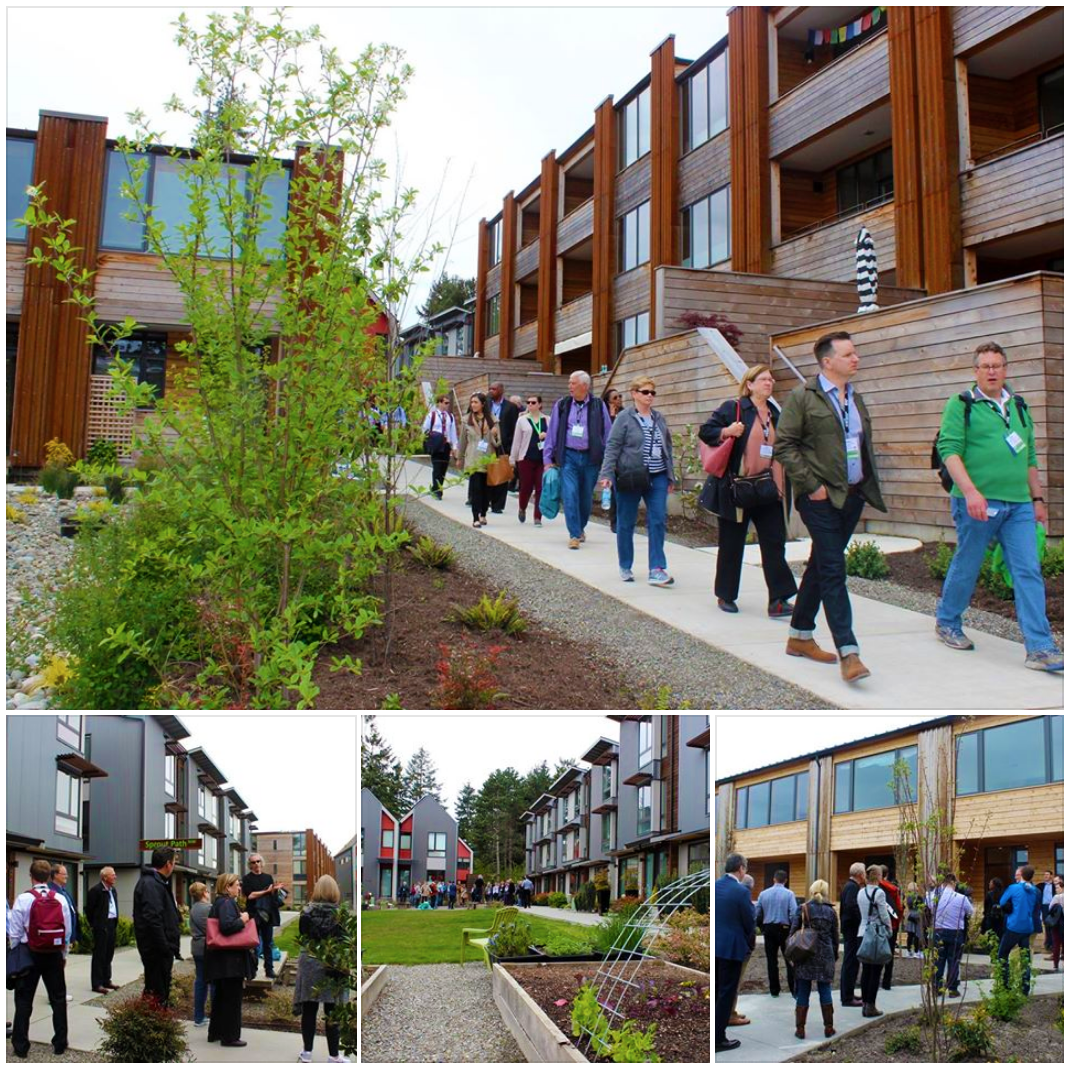

 Grow Community is all about making smart choices for the Earth – how we build and how we live. Now we’re proud to sponsor the new podcast “terrestrial” on local radio station KUOW, exploring “the choices we make in a world we have changed.” Host Ashley Ahearn travels the country — from ranches in Oregon to churches in Colorado — to bring listeners stories about people making personal choices in the face of environmental change.
Grow Community is all about making smart choices for the Earth – how we build and how we live. Now we’re proud to sponsor the new podcast “terrestrial” on local radio station KUOW, exploring “the choices we make in a world we have changed.” Host Ashley Ahearn travels the country — from ranches in Oregon to churches in Colorado — to bring listeners stories about people making personal choices in the face of environmental change.